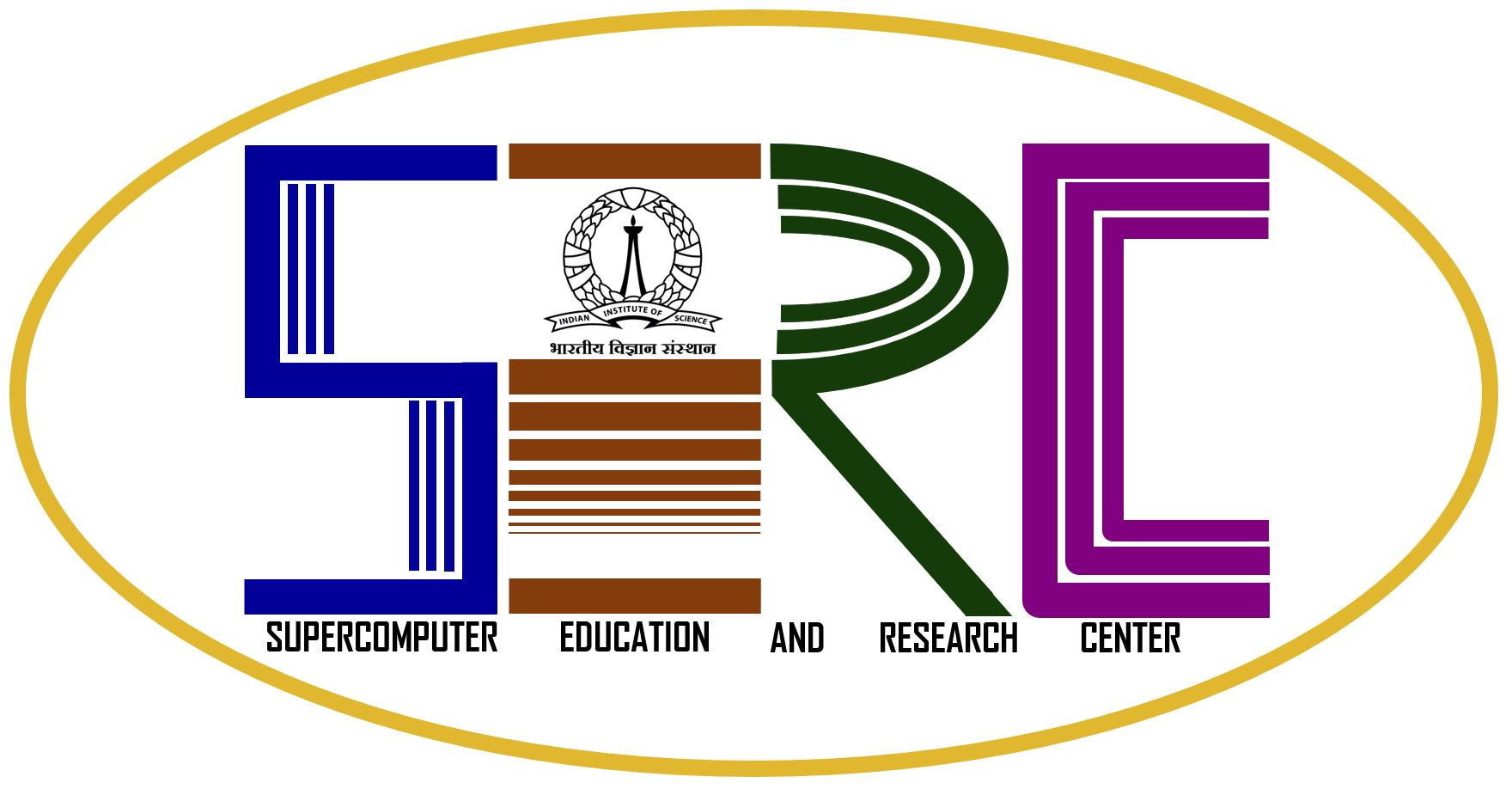IntoductionTesla is NVIDIA’s first dedicated General Purpose GPU. The Tesla name originates from the inventor Nikola Tesla. Because of the very high computational power (measured in floating point operations per second or FLOPS) compared to recent microprocessors, the Tesla products are intended for the high performance computing market. The primary function of Tesla products are to aid in simulations, large scale calculations (especially floating-point calculations), and image generation for professional and scientific fields. The tesla nodes can be accessed and used by the CUDA programming libraries. NVIDIA CUDA development tools provide four key components CUDA Driver Vendor : nVidia Tesla CUDA Driver Introduction Version: NVIDIA Driver 304.54 for Linux CUDA Toolkit Introduction * nvcc C compiler Release: 5.0 NVIDIA CUDA Compiler Introduction CUDA is the compute engine in NVIDIA graphics processing units or GPUs, that is accessible to software developers through industry standard programming languages. Programmers use C for CUDA using the nvcc compiler. Purpose of nvcc This compilation trajectory involves several splitting, compilation, preprocessing, and merging steps for each CUDA source file, and several of these steps are subtly different for different modes of CUDA compilation (such as compilation for device emulation, or the generation of fat device code binaries). It is the purpose of the CUDA compiler driver nvcc to hide the intricate details of CUDA compilation from developers. Vendor : nVidia Tesla Compiling with CUDA In order to use nvcc to compile cuda programs, following environmental setup is requried: CSH – Shell: Add the following lines in your .cshrc file Run the command source .cshrc BASH – Shell: Add the following lines in your .bashrc file Run the command source .bashrc nvcc filename.cu CUDA SDK Introduction The CUDA Developer SDK provides examples with source code and utilities to help you get started writing software with CUDA. The SDK includes dozens of code samples covering a wide range of applications like * Parallel bitonic sort In Tesla cluster, Nvidia CUDA SDK are installed in /home/sysadmin/NVIDIA_GPU_Computing_SDK/ To run the sample cuda programs For C Shell Add the following line in .cshrc file
Run the command source .cshrc For Bash shell Add the following line in .bashrc file export PATH=$PATH:/home/sysadmin/NVIDIA_GPU_Computing_SDK/C/bin/linux/ release Run the command source .bashrc To run a sample program The source files are located in CUDA Documentation 1.Nvidia CUDA Programming Guide 2.Nvidia CUDA Best Practices Guide 3.Nvidia CUDA Reference Manual 5.Nvidia CUDA BLAS (CUBLAS) and CUDA FFT (CUFFT) library documentation Report Problems to: If you encounter any problem in using CUDA Development Tools please report to SERC helpdesk at the following email address helpdesk.serc@iisc.ac.in or contact System Administrators in 109, SERC. |

SUPERCOMPUTER EDUCATION AND RESEARCH CENTRE
WELCOME TO SERC